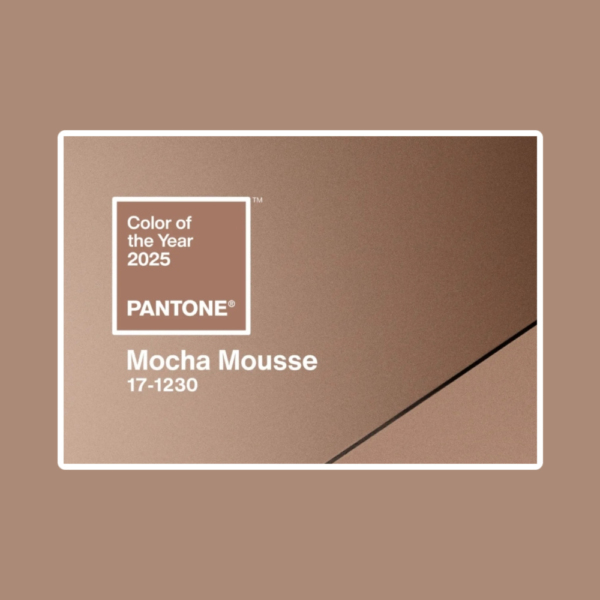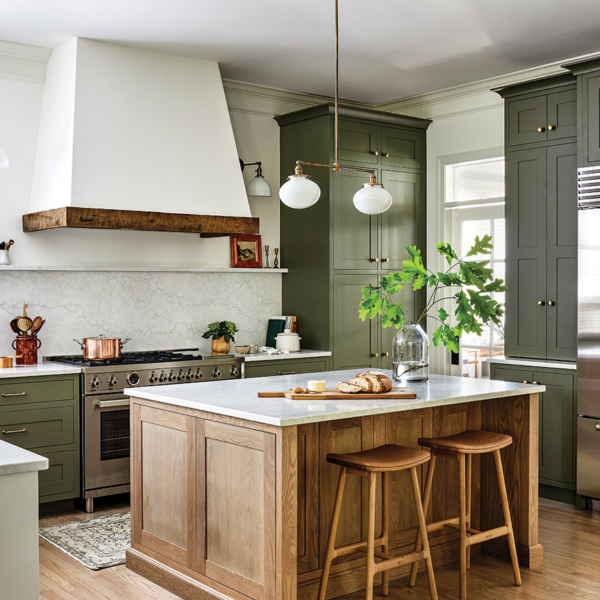The mid-century modern style was an influential design movement that emerged in the mid-20th century. Mid-century modern design was characterized by clean lines and a minimalist aesthetic, making it unique from the style movements like Victorian and Art Nouveau that preceded it.
Mid-century modern (MCM) is not just a style for the past. It is still a popular look today because many people crave its simple and clean look and the multi-purpose function of its furniture designs. MCM is also a style that blends well with other styles like Scandinavian, industrial, and bohemian. The mid-century modern style has an enduring appeal that will continue to shape the design aesthetic in contemporary interiors and furniture design long into the future.
Key Elements of Mid-Century Modern Design
Mid-century modern design has key characteristics that give it a distinctive style. Here are the most important elements so that you can spot MCM design at a glance.
Clean Lines

The clean lines in mid-century modern design refer to straight or gently curved lines that are featured in MCM furniture and architectural design. You will not find excessive decoration in any item or structure that has a mid-century modern design. The craftsmen who created MCM pieces avoided intricate carving, unnecessary details, or excessive ornamentation. Instead, you will see simple silhouettes with straightforward geometric shapes like rectangles, squares, and circles.
Minimalism

Minimalism, a key design philosophy in MCM design, goes beyond mere form and focuses on stripping away anything that is non-essential to the design. Minimalism celebrates the idea that “less is more”. In fact, the ideas of minimalism advocate that the removal of extraneous things can bring more serenity and tranquility to our lives, which helps us to live better. Minimalism seeks to remove any function, form, or feature of a design that can be removed but retain its usability.
Use of Natural Forms
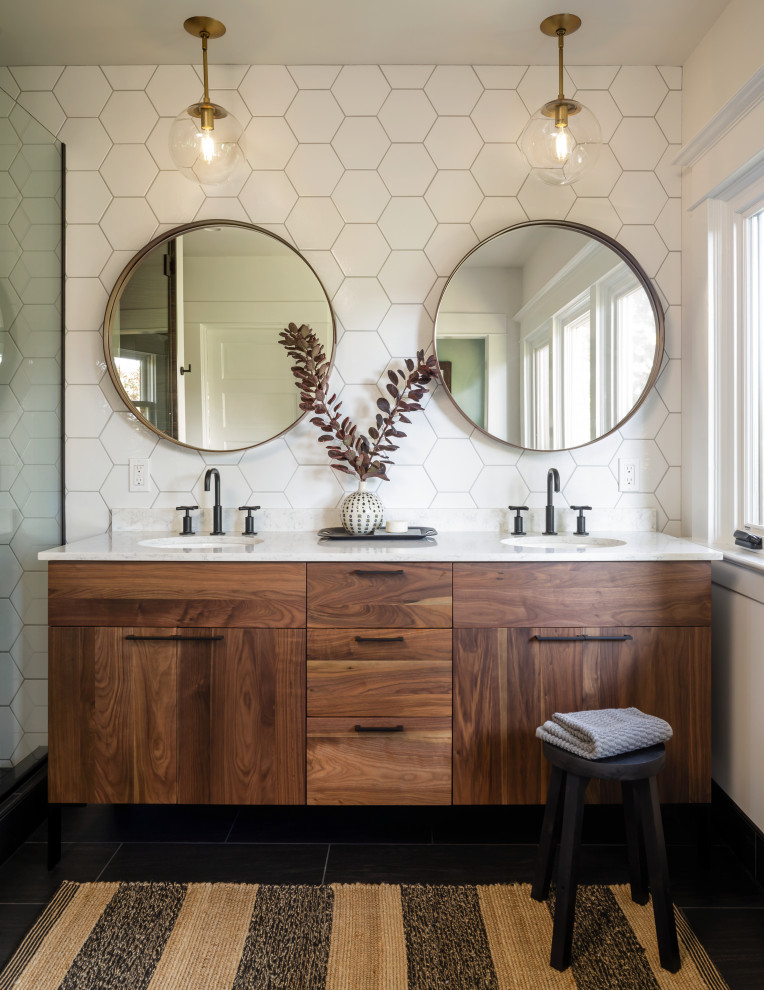
Using organic or natural forms is a common design practice in mid-century modern style. This refers to the use of lines and shapes that are found in nature. MCM designers draw inspiration from the forms of leaves, streams, vines, and branches. They celebrate the contours of boulders, rocks, and water. These organic lines provide harmony and balance to mid-century modern design and mean that they have a timelessness that keeps them modern and fresh.
Functionality

In mid-century modern design, form follows function. This means that the objective of the designer is to create a piece or space that functions well, and this dictates the form. This does not mean that these designers didn’t care about the beauty of the piece; instead, they removed unnecessary ornamentation and detail that did not contribute to the function of the design. This focus resulted in a more user-centered design that optimized ergonomics and comfort.
Use of Innovative Materials
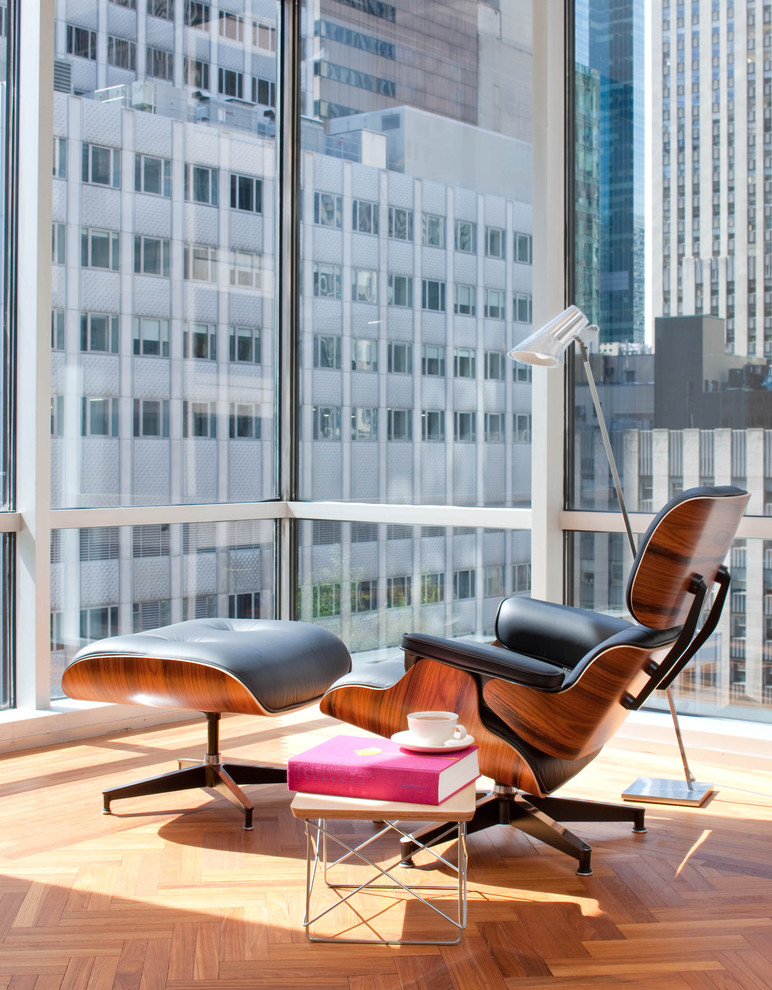
Mid-century modern designers were always experimenting with new materials to create the forms that they believed worked best for function. They pioneered the use of materials like molded plywood, fiberglass, plastic, and glass for sleek and comfortable furniture. They popularized vinyl, Formica, and acrylic for countertops, upholstery, and tabletops, which were lightweight and easy to clean. Concrete structures were common in MCM building designs because concrete is strong and easily adapted to different forms.
Mix of Materials

Mid-century modern designers are known for their broad use of mixed materials within the same design. They used diverse materials such as metal, glass, wood, and plastic together to create a variety of contrasting textures, forms, and patterns.
Bold and Neutral Colors
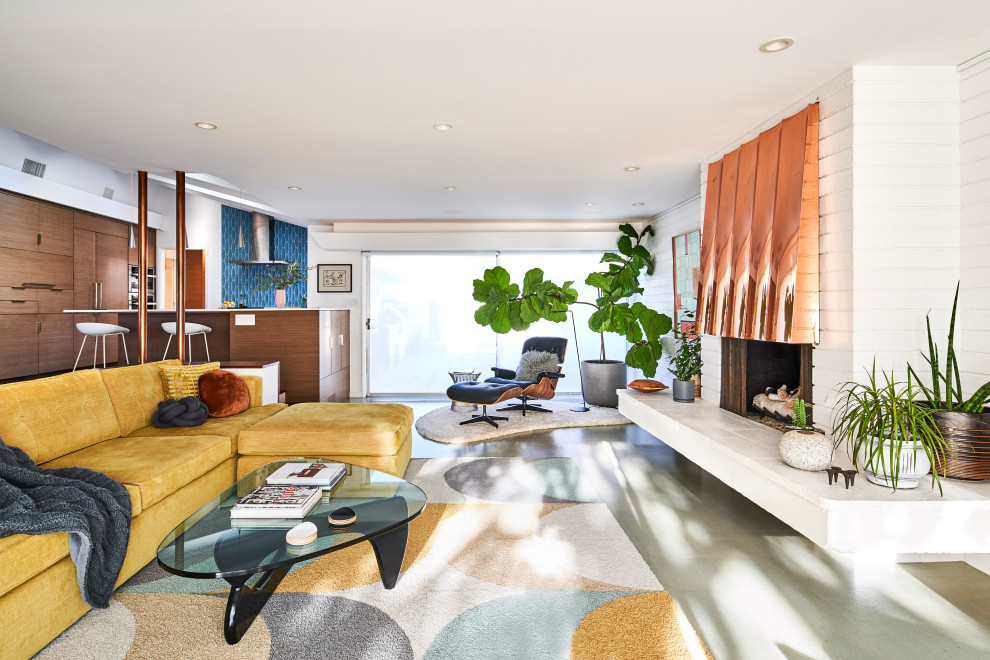
Historic mid-century modern design ranges from using bold colors in the early period to more earthy, neutral hues in the later years. This means that there are a wide variety of color choices when you are considering a mid-century modern design. Many effective designs use neutral colors for the background, with bold tones like teal, mustard, orange, and red as accent colors.
Geometric Patterns

Mid-century modern design will often incorporate geometric patterns in textiles, wallpaper, and decor. These patterns include the use of diamonds, squares, rectangles, circles, and triangles. The use of bold and bright colors in these patterns provided a striking contrast to the neutral foundation of the MCM designs. They also provide more visual texture to the simple, clean lines of the furniture and architectural features.
Open Spaces
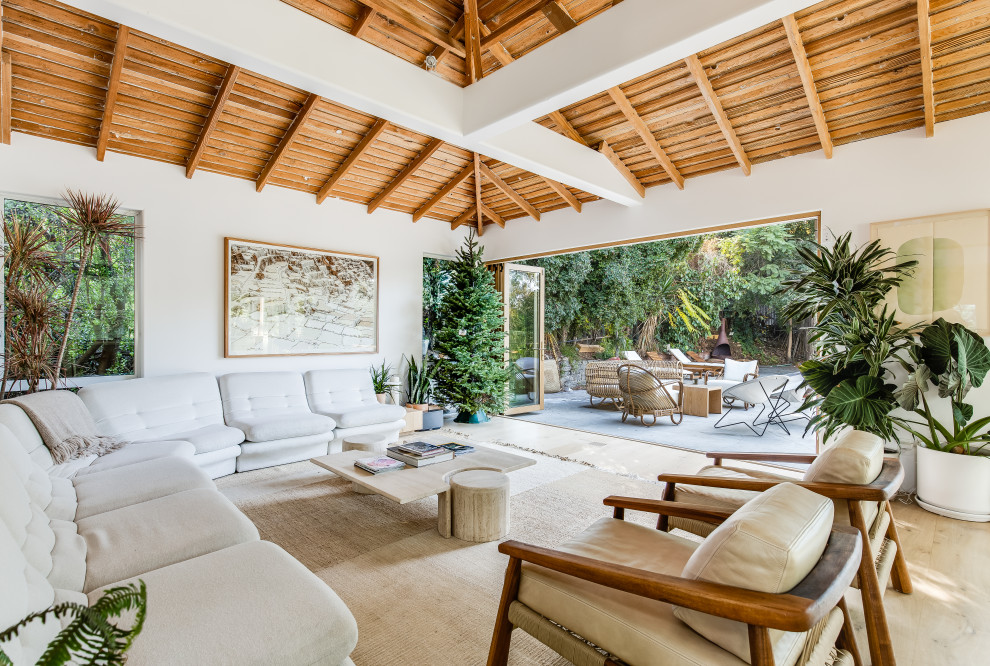
Most mid-century modern floor plans feature open floor plans, which create a seamless transition from room to room. This means that the common living space between the kitchen, dining room, and living room is often one large room. This encourages better human connectivity.
Mid-century modern designers also built upon this idea to create a greater connection between the outside and inside. They used large windows, glass walls, and sliding doors to increase the interior light and provide more flexibility for living and entertaining.
Iconic Furniture Pieces

Mid-century modern designers produced some of the most recognizable pieces within furniture design. Some of the most popular and iconic designs include the Eames Chair, the Barcelona Chair, the Noguchi Table, the Egg Chair, the Pedestal Table, and the Shell Chair. The lines of these pieces are simple, and the beauty of the form emerges unobstructed by excessive ornamentation. Because the designers elevated function over form and focused on craftsmanship, they were able to create designs that were comfortable and sturdy. These pieces are still widely used today.
Natural Materials
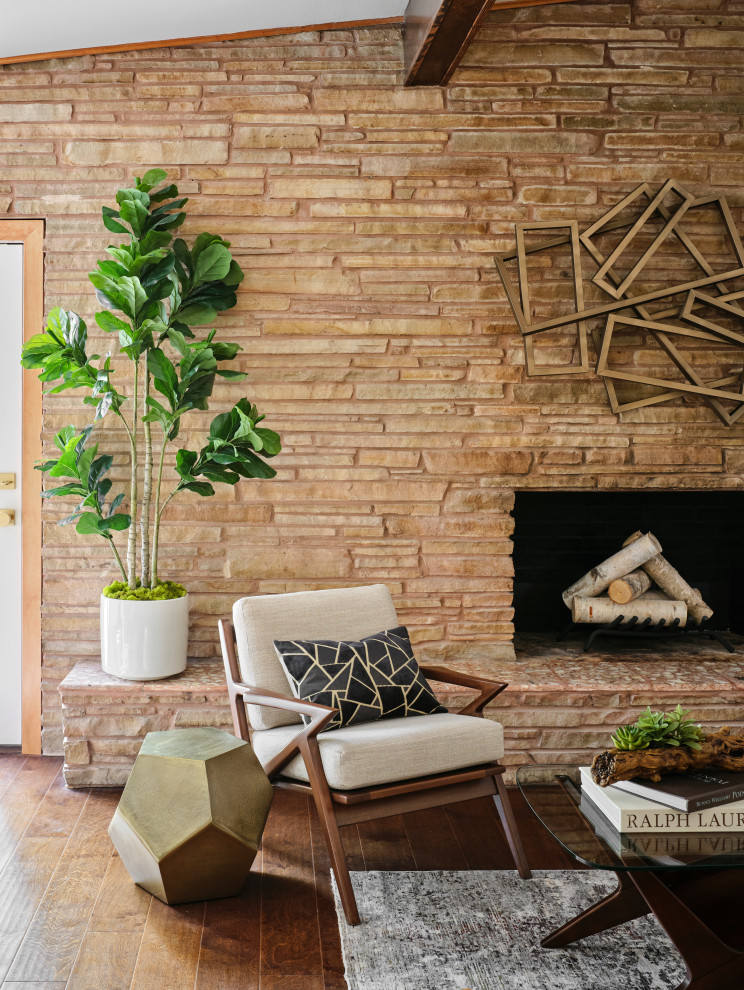
Even though mid-century modern designers commonly used synthetic materials in their designs, they also embraced natural materials. Natural materials such as stone, brick, and wood were common elements in MCM furniture and architectural designs. They used these materials to provide contrasting textures and harmonize with the natural environment.
The most widely used natural material was wood. Designers used wood varieties such as teak, walnut, rosewood, and oak. Marble and slate were common for architectural features like fireplaces, flooring, and countertops and for furniture elements. Other popular natural materials in MCM designs were leather, cotton, jute, sisal, linen, and glass.
Tips for Incorporating Mid-Century Modern Style
Mid-century modern style is one of the easiest to blend with other interior design styles because of its simple form. Here are a few ideas for how to add some mid-century modern flair to your home.
- Choose a few iconic pieces – If you are only going to add a few pieces of MCM furniture, choose pieces that make an impact. Eye-catching and iconic MCM furniture pieces are stylish and instantly recognizable. Your budget may prohibit buying authentic pieces, so look for high-quality replicas instead.
- Embrace clean lines and organic forms – Clean and organic lines on furniture and decor are timeless. Look for sofas, chairs, tables, beds, and other furniture with straight or gently curved shapes.
- Mix-up your materials – Try to use a mix of different materials within your space, including synthetic and natural materials. Keep the color of your wood consistent throughout for a more cohesive design.
- Neutral foundation with bold accents – Neutral colors are more popular than bright, boldly-colored foundations. Choose warm neutral tones like beige, warm gray, and ivory for your background. If you want to add some color, bring in bright accents like teal, red, or yellow for the most authentic MCM look. You can also provide more visual interest with geometric patterns in neutral or bright colors.
- Use minimal decor – For the most authentic mid-century modern look, avoid cluttering your space with too many accessories or accents. Present a clean but interesting look with a few well-chosen pieces of decor, sculpture, and wall art.
- Open floor plan – Whenever possible, choose to implement an open floor plan in the main living area. This is not only more authentically MCM; it will facilitate better human connectivity.
- Accent lighting – Adding MCM-style lighting is one of the best ways to incorporate this style into an interior design. Look for iconic mid-century modern light styles like Sputnik chandeliers, pendant lights, arching floor lamps, branch chandeliers, and tripod floor lamps.
- Greenery – Mid-century modern interior designers often incorporated plant life into their designs. Historic MCM designs favored plants with unique and architectural shapes and those with deep green leaves. Common houseplants that look fitting in mid-century modern designs include the monstera, the snake plant, the fiddle leaf fig, the ZZ plant, the dwarf umbrella tree, or any type of succulent.

